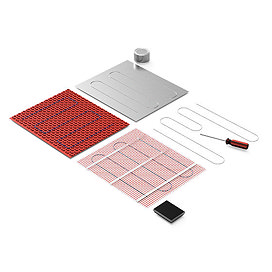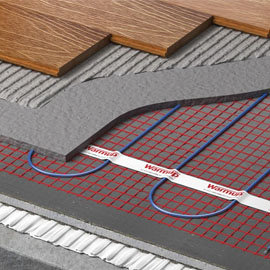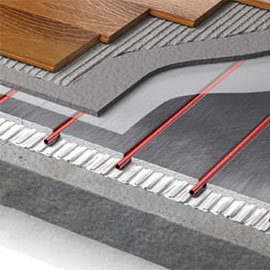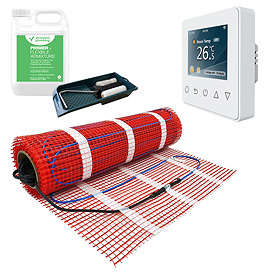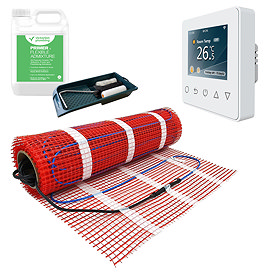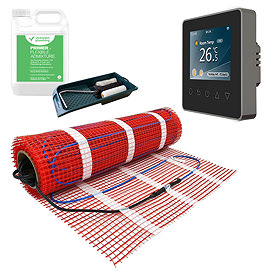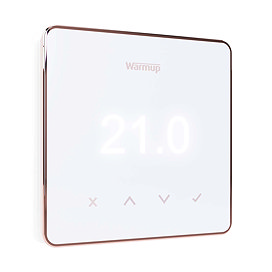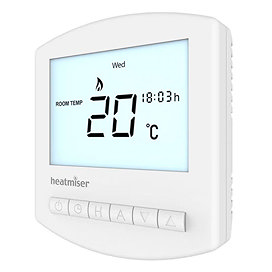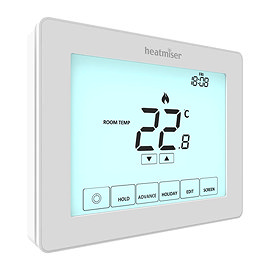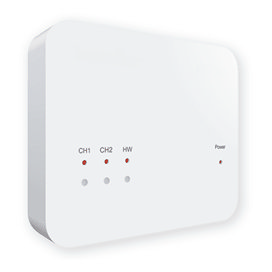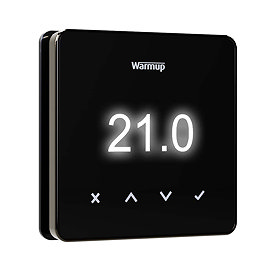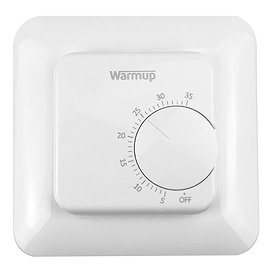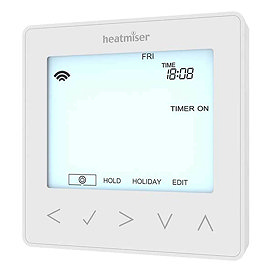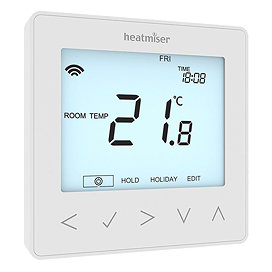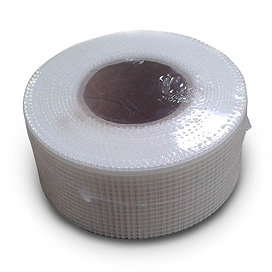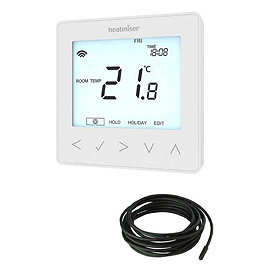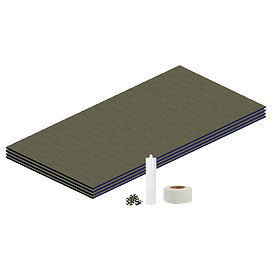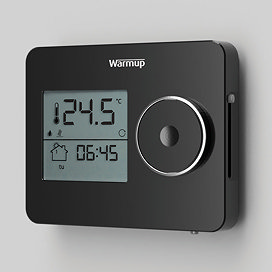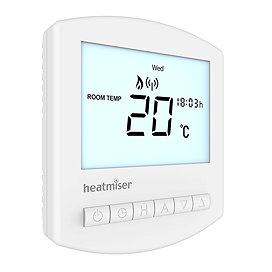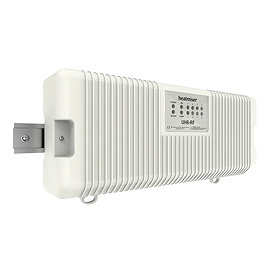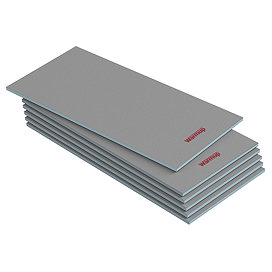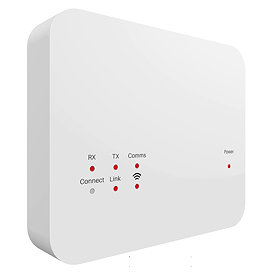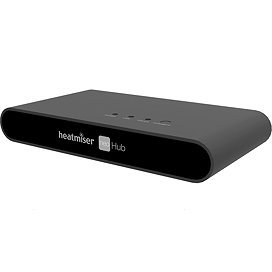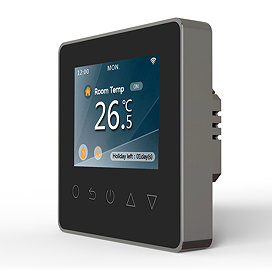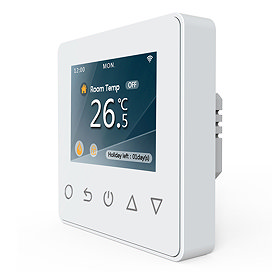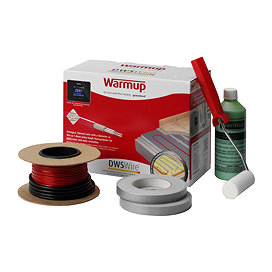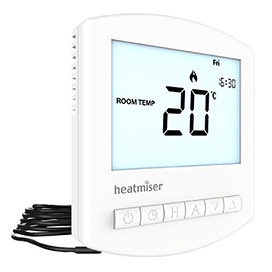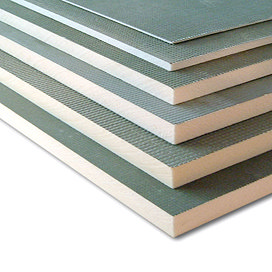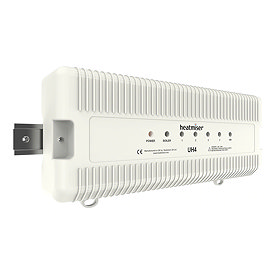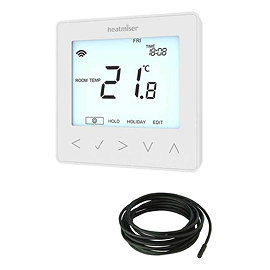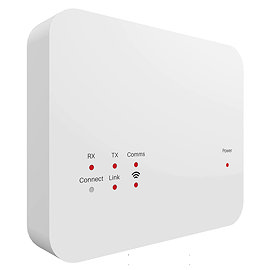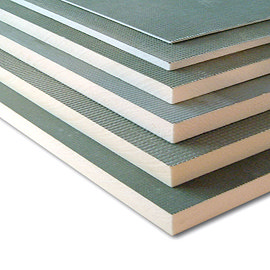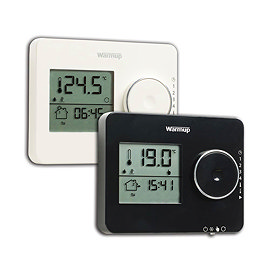OUR WINTER SALE ENDS SOON!
*Boxing Day deals coming soon. Free delivery on orders over £499
Underfloor Heating
Shop our range of underfloor heating. This comprehensive collection of underfloor heating systems, heating mats, thermostats and more contains everything you'll need to achieve luxurious heated floors. Not settled on flooring yet? Check out our bathroom tiles range to finish the job. Free standard UK delivery on orders over £499 at Victorian Plumbing.
Underfloor heating is a great alternative option for those smaller en-suites and bathrooms. Bulky old radiators can take up tonnes of room, whereas bathroom floor heating has almost no impact on floor space. It's also an effective and efficient smart heating option in larger spaces, as it can cover a larger surface area while using comparatively less energy.
Providing your bathroom with warmth underfoot will make it a much more enjoyable place to be throughout the colder months. During the rest of the year, the discreet, hidden luxury that heated floors bring can make your own bathroom feel just as indulgent as a spa. You'll even find underfloor heating options with clever touchscreen thermostats to help bring your bathroom into the age of smart tech.
Shop By Type
Sort By
View:
View:
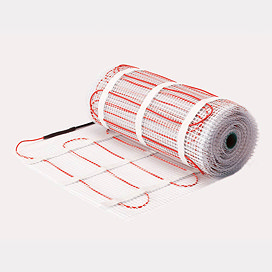
Best seller
£64.94
Low Stock
1
5 out of 5 review starsMore Sizes
Recently Reviewed
Thermostat
19th December 2025Item as per description and arrived promptly
Karine Gloux from - verified purchaser
Booster for underfloor Heatmiser
13th November 2025Needed this as the walls are stone and the Heatmiser was struggling to receive a signal from the room thermostats, early days but seems to have resolved the issue.
Matthew Hather from West Yorkshire- verified purchaser
Did the job
1st November 2025As a DIYer I found it hard to source tile board at 12.5mm, as other places only sold up to 10mm, so I was pleased to see it available for delivery from VP. I would strongly advise buying the washers and drywall screws designed for this product.
Alastair Jones from Cumbria- verified purchaser
Review From Trustpilot
14th October 2025Simple to install as a replacement for a previous generation version.
James White- verified purchaser
